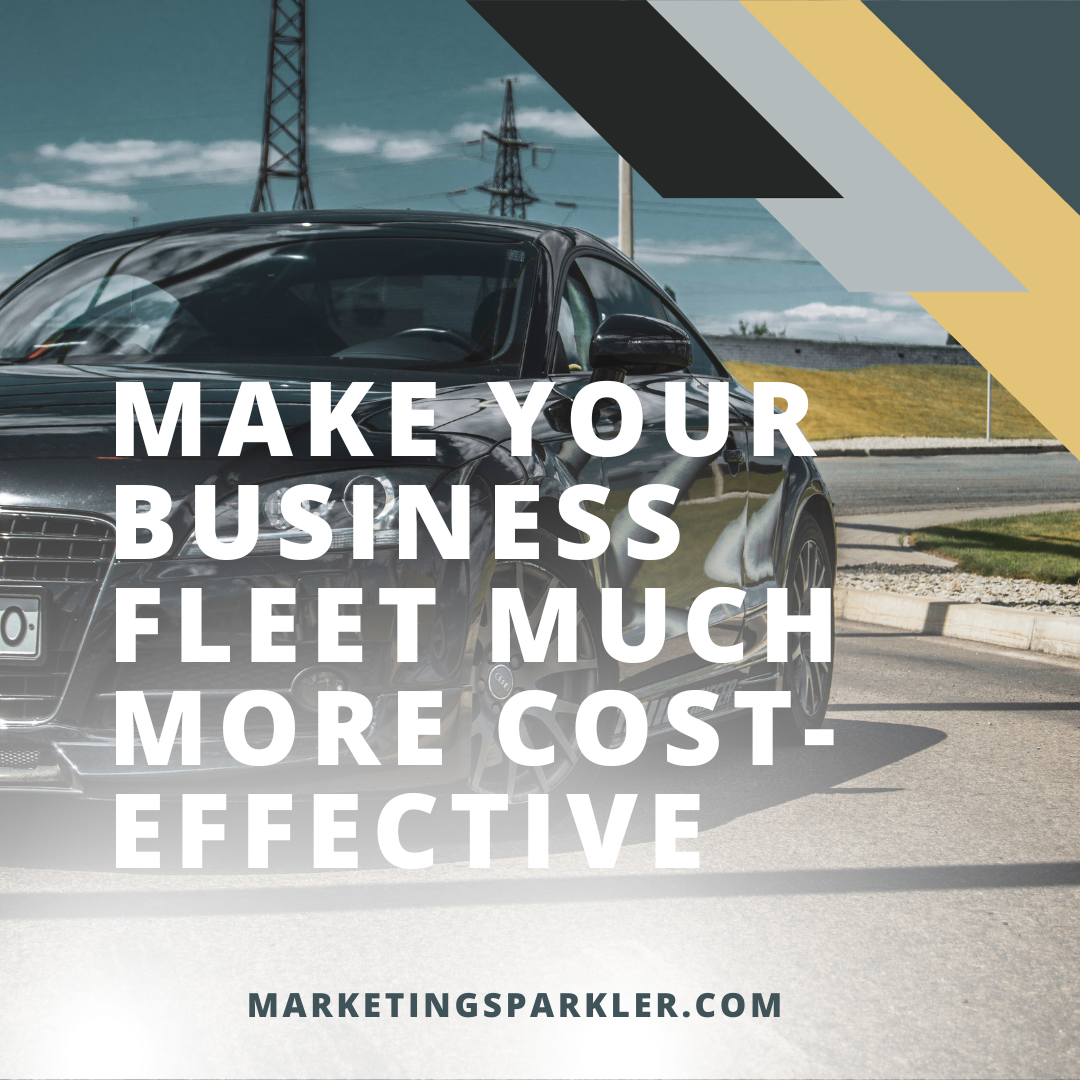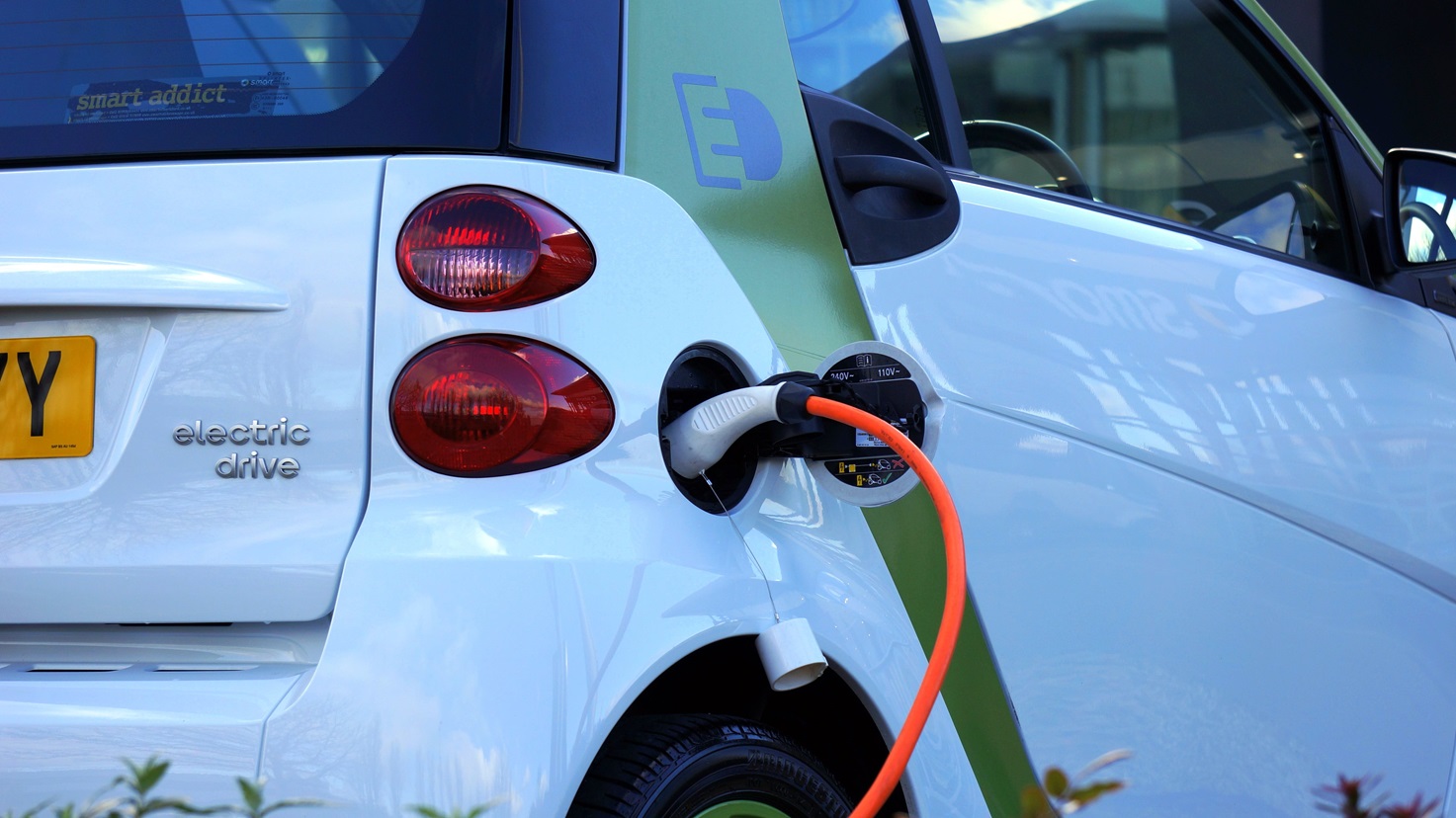Whether you just have a few cars, vans, and drivers to make local deliveries, or you have a real fleet of trucks that will be carrying your goods across great distances, any business that relies on a fleet of vehicles is going to find that they are one of the key assets to determining success.
This is because not only can they cost so much to keep and maintain, but they also are vital to carrying out your services. As such, anything you can do to make them more cost-effective can be to the great benefit of your business.
Make Your Business Fleet Much More Cost-Effective
Mind how you fund your fleet
First of all, if you’re adding a new vehicle to your fleet, you have to think about the most cost-effective way to add it. There are typically two options here: leasing a vehicle vs buying it.
If you only need a vehicle for short-term use, such as to help you meet additional holiday sales demand, and you expect that demand to go back down, then it can be more cost-effective to lease it, rather than paying the full cost for a vehicle that you’re not getting the full use out of. However, if you have a long-term need for that vehicle, then while buying might come with an initial higher cost, the running costs after are lower, so it’s often a better option.
Choose vehicles based on their whole-life costs
If you do have to buy a vehicle, then you should make sure that you’re choosing one based, at least partially, on what kind of costs you can expect from it. The initial cost is important, of course, but it’s not the only thing you should focus on.
If you take a loan out, how big will the repayments be every month? How much fuel is it going to use compared to other vehicles? What kind of insurance and taxation costs can you expect? Factor in the whole-life costs of a vehicle before you choose it, as sometimes what seems like a good deal can come with much heavier costs than expected.
Manage your fuel spending
Your fleet is going to rely on fuel to help keep it going. Yes, you can do some things to reduce the amount of fuel used, such as helping your drivers drive a little more efficiently. However, the biggest savings tend to be made by being more mindful of how you pay for your fuel.
Finding providers who are willing to sell fuel in bulk is one way but for more effective fueling on the road, the benefits of fleet cards are well worth looking into. They allow your drivers to pay for fuel directly from your account so that you can better track and manage those transactions, and can come with spending control features so that drivers don’t end up paying for more than they need.
Get smarter with electric vehicles, too
More and more fleets are adopting electric vehicles, especially for inner-city deliveries where you don’t need to worry about long hauls quite as often. If you do, then finding the right charge point is almost always worth the extra distance.
Charge points can vary in price pretty widely, and being able to find the cheapest charge points available at any given time can help you keep them fueled for longer. The cost of electricity also depends on when it’s being used. Avoid charging cars during the day, when electricity use is at its peak and, as a result, it can cost a lot more to top your electric vehicles up.
Ensure that your drivers stay productive
If you want to make sure that your business is productive, then you have to ensure that your drivers are, as well. Making even small changes to how efficiently they are able to make their deliveries is going to result in a significantly improved return on investment.
Making an additional trip a day can make for a much easier profit, after all. To that end, having a real command and dispatch center that can offer them helpful information, such as the most efficient route to take based on traffic, and to measure their productivity over time is well worth investing in. This is best paired with GPS tracking for every vehicle you have in your fleet so that you can accurate data on their performance.
Keep an eye on driver behavior
While GPS tracking and other telemetrics can help you ensure that drivers are being routed and directed in the most efficient manner possible, they can also help you be more aware of wasteful and potentially costly behavior that your drivers are taking part in on the road, as well.
As mentioned, some driving habits can result in more fuel being used for each trip, such as idling when it is not necessary and inappropriate gear shifting. You can also keep an eye out for unnecessary or overlong breaks that drivers might be taking. Frequent re-training and reinforcement of good driving policy can ensure that your team meets the standards you find necessary to keep your fleet cost-effective.
Invest in thorough preventative maintenance
One of the biggest costs associated with any fleet is the cost of repairs, replacements, and servicing. Wear and tear affects all vehicles, and fleet vehicles typically have to deal with higher demands on their condition, so you can’t exactly prevent these costs. You can, however, manage them by investing in predictive maintenance.
Whether you have a maintenance team in the fleet base, or you train your drivers to be able to inspect and maintain their vehicles, investing in the right care ahead of time can not only delay the need for repairs, but you can more easily and quickly spot the signs of issues that might be a lot more costly to fix if you let them linger.
Be proactive in managing accidents
Of course, anything that you can do to prevent and mitigate the damage caused by accidents is vital. Aside from ensuring the vehicle is in good condition with the maintenance mentioned above, this includes thorough safety training for your drivers, on a routine basis, whether or not they have already received such training.
How you manage the aftermath of these accidents is vital as well. There are accident management services specifically for fleets, which can help you start getting the repairs that you need as soon as possible, while also giving you a replacement vehicle to get your driver into while you’re waiting for the usual one to be brought back up to good working condition.
Consider cutting the cost of your fleet
Do you have any vehicles that spend more time off the road than on them? If you’re not able to find a driver or a use for them, it may end up being more cost-effective to simply get rid of them for now.
The cost of owning and maintaining vehicles that aren’t being used is simply too high. They do need to be maintained, too, in order to preserve as much of their value as possible, and to make sure that if they ever are needed, they’re ready to go on the road.
As such, you might be able to make a significant cut to your costs, as well as get a cashflow injection, by selling a vehicle you’re not using.
A fleet of any size demands serious consideration and management from you, the business owner. The tips above should give you some ideas on how you can improve how you use them.
Ciao,
Miss Kemya




